|
Over the years I've built 10cm (4" f/D=4.6), 15cm (6" f/D=6.3) and 25cm (10" f/D=5.7) Newton telescopes. A 25cm (f/D=16.8) Cassegrain model (initially meant for photographing planets at 4.3m effective focal length) was recently converted to a Newtonian configuration (f/D=4.3) which, combined with a miniscus lens as a simple coma-corrector and focal-reducer, has an effective focal length of 880mm at f/D=3.5. It is specially used for narrow band imaging with my 1kx1k FTT1010-M CCD-camera. The 15cm telescope is currently out-of-use. The 25cm f/D=5.7 telescope is used for LRGB- as well as narrow band imaging with the FTT1010-M or the 2kx2k FTF2020-M camera. With the latter camera the field of view measures 0.96x0.96 degrees. The 10cm telescope is solely used as an auto-guider and as an additional contra weight. For those who want to build their own telescope I highly recommend the already quite dated book "How to Make a Telescope" by J. Texereau. The telecope tubes are made of PVC pipes except for the former Cassegrain type which is made of glas-fiber reinforced polyester. Each telescope has the same mounting interface to which different types of focusers can be attached. The diagonal mirror for the 25cm telescopes is easily exchangeable: For the 24x24mm FTF2020 chip, the 25cm f/D=5.7 telescope requires a 70mm diagonal mirror. The same holds for the smaller 12x12mm FTT1010 chip on the 25cm f/D=3.5 Newton. For other applications a 50mm diagonal can be mounted. After replacement, the diagonal and primary mirror are aligned using a lasercollimator. |
 |
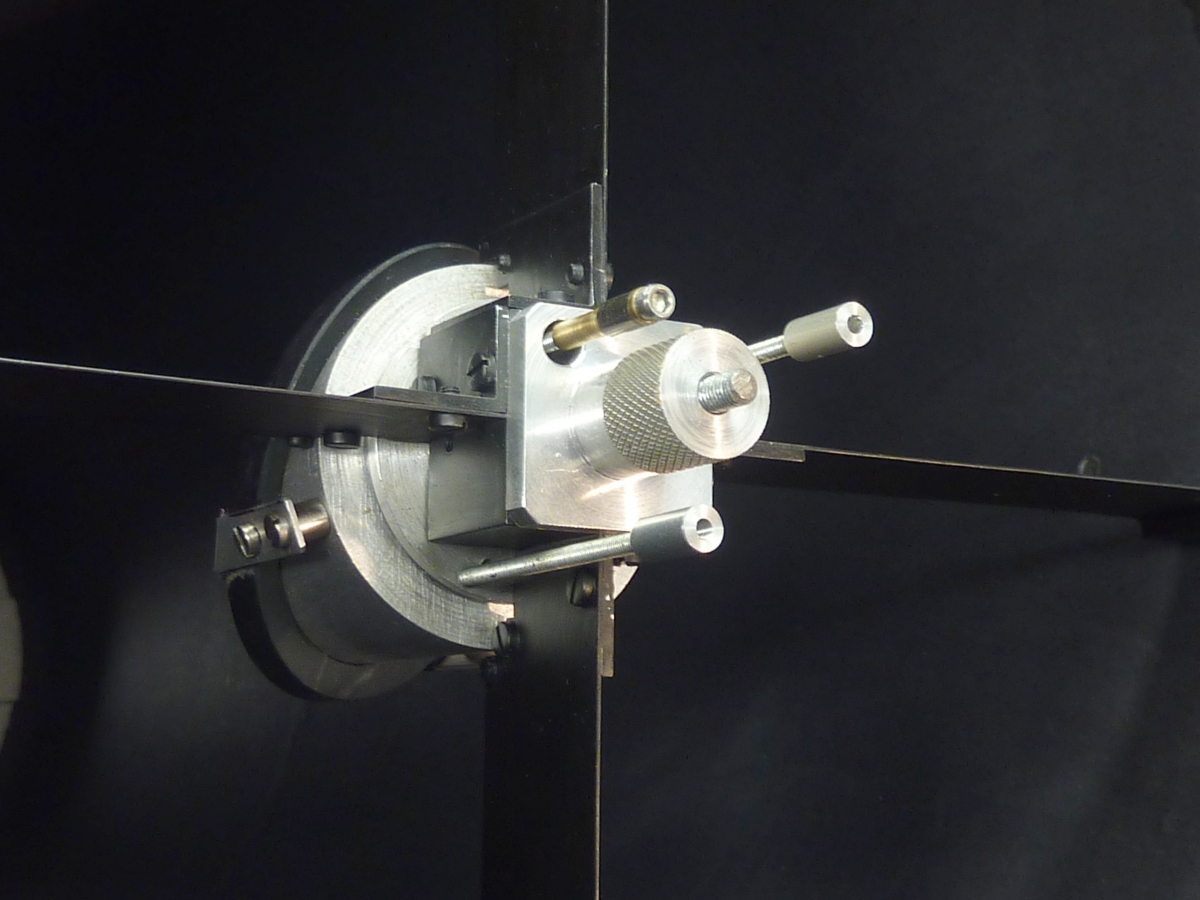 |
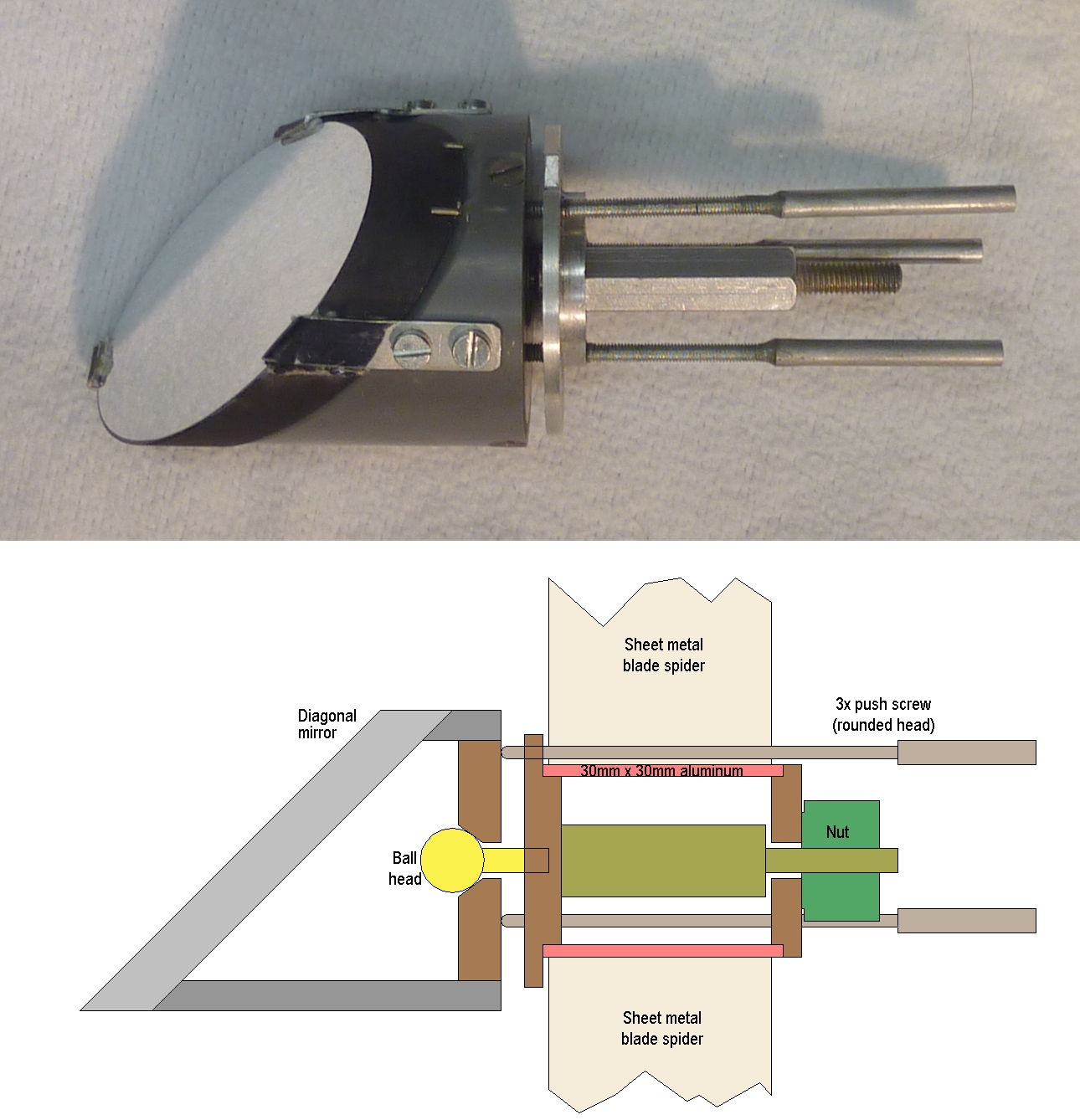 |
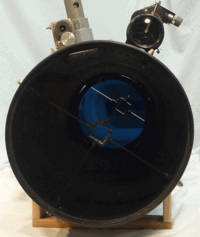 |
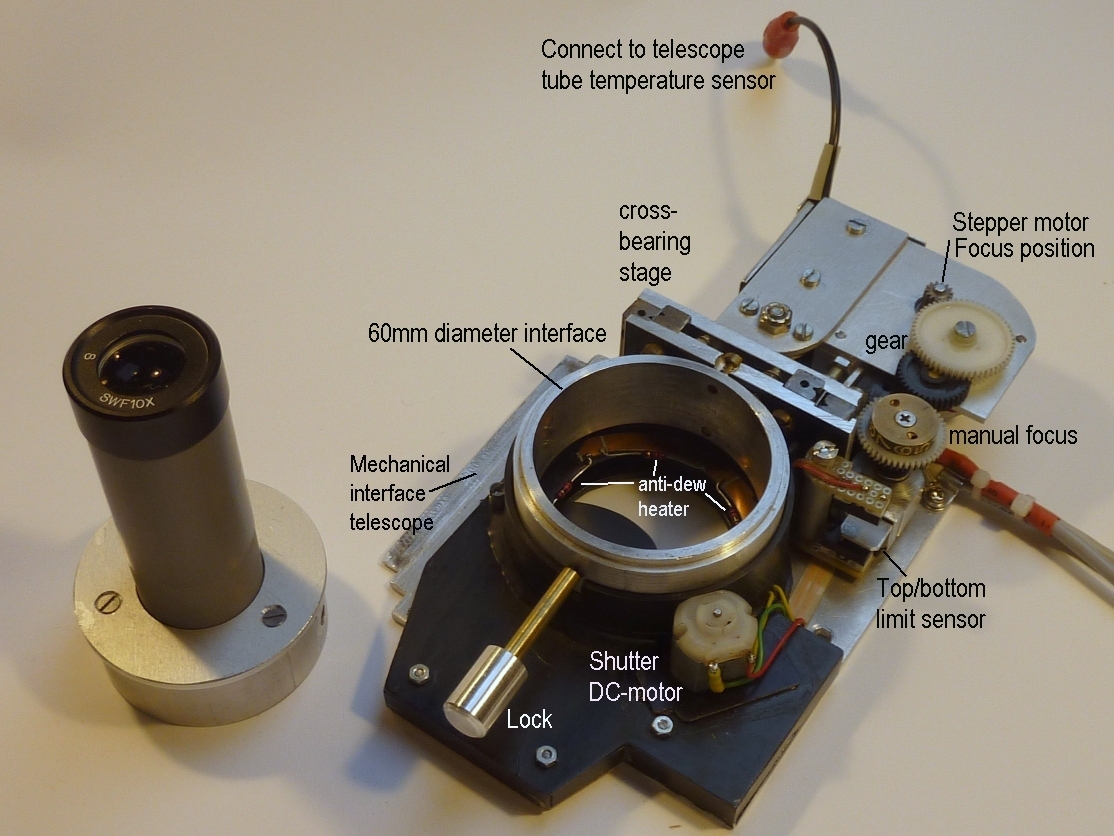 |
 |
The images above give some more impressions and details. From left to right:
|
Some more images are shown below (from left to right):
|
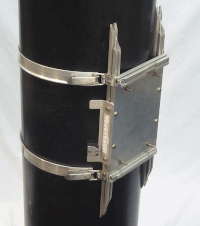 |
 |
 |
 |
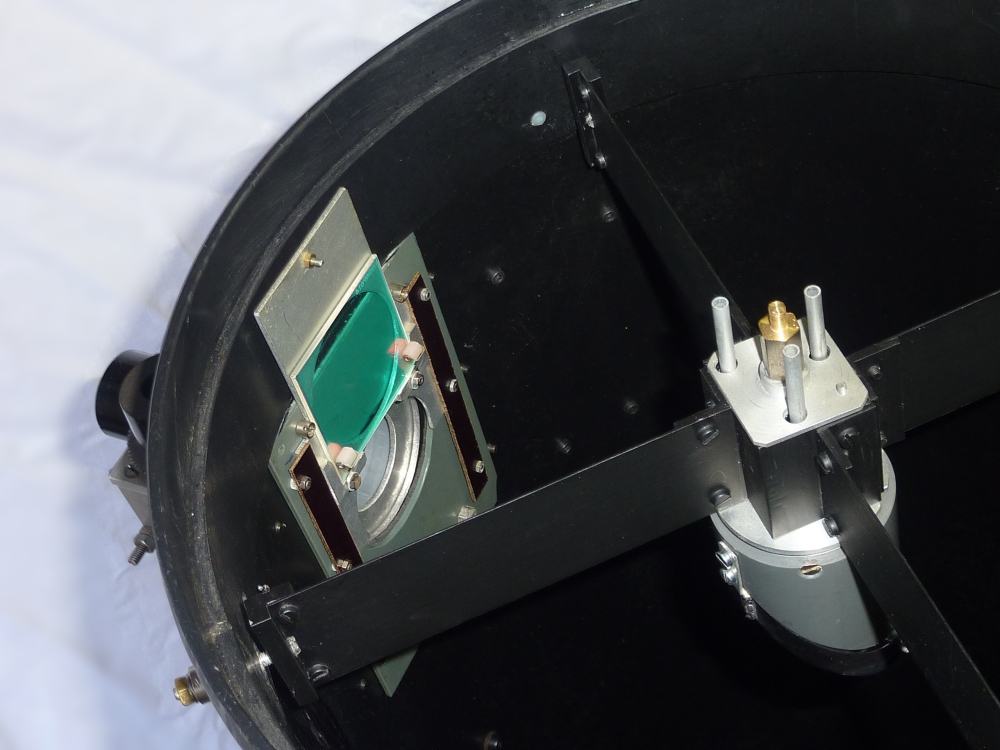 |
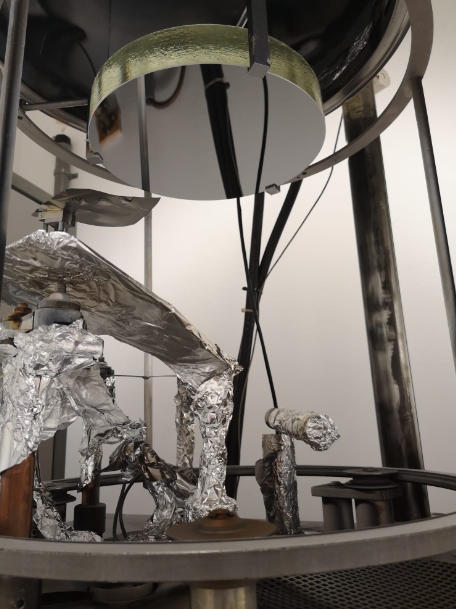 |
position |
construction! |
tube extension |
|||
|
The following images give an impression of the 10" Cassegrain that was modified to a Newtonian telescope (left to right, again):
|
 |
 |
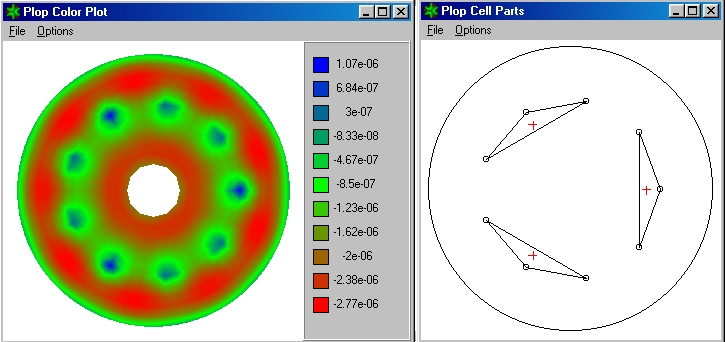 |
 |
 |
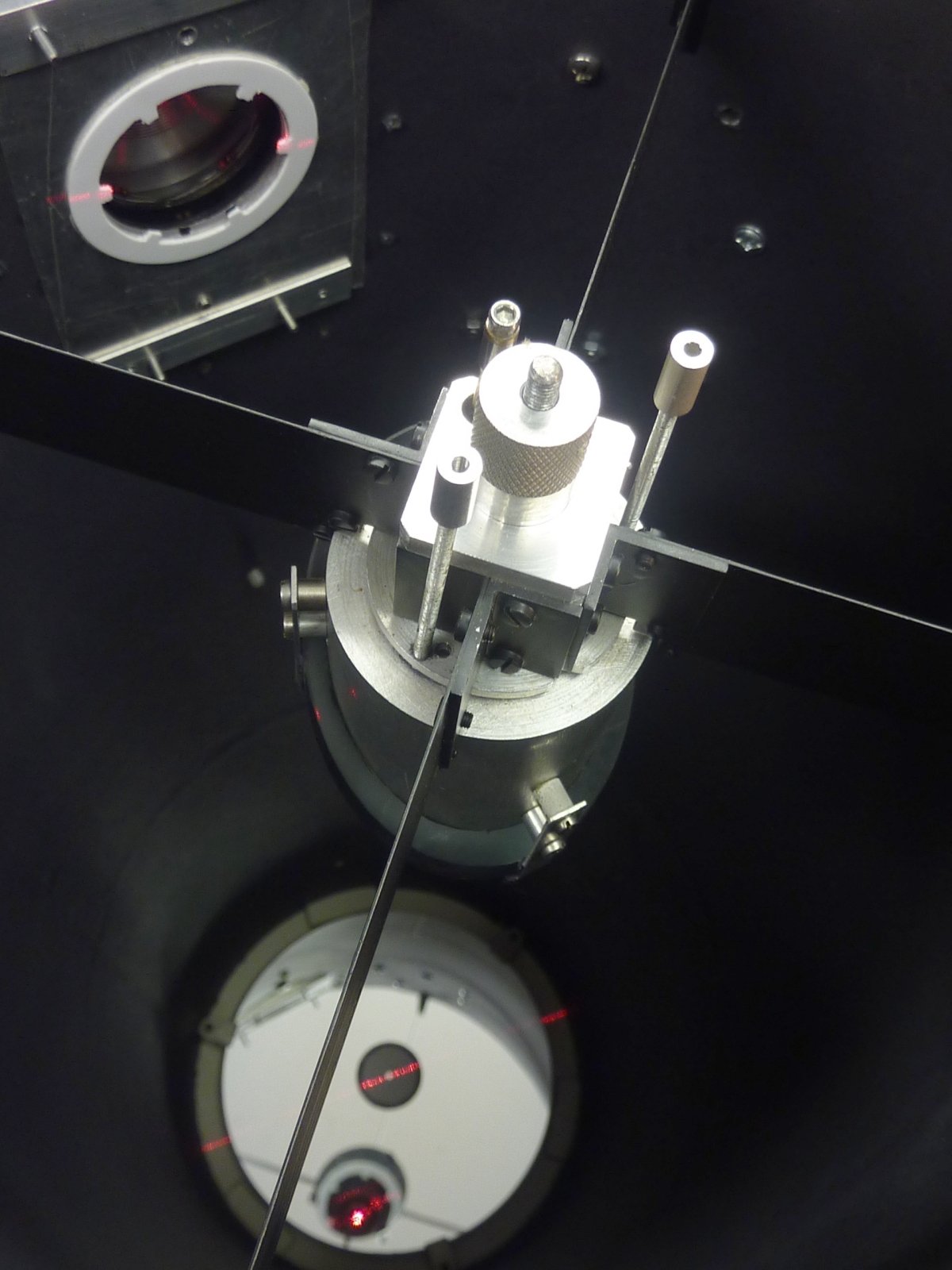 |
Cassegrain build |
support |
results |
alignment screws |
||